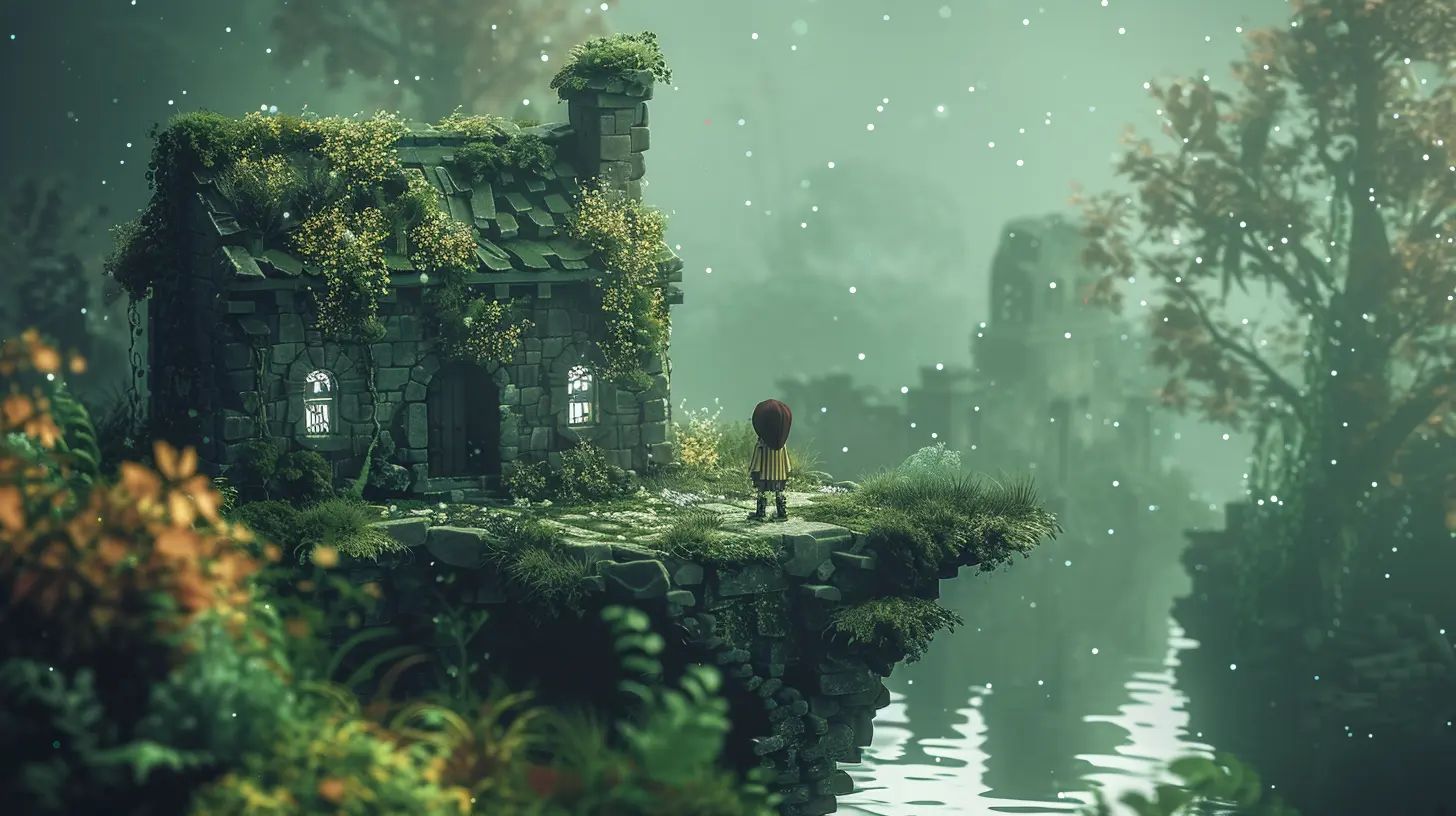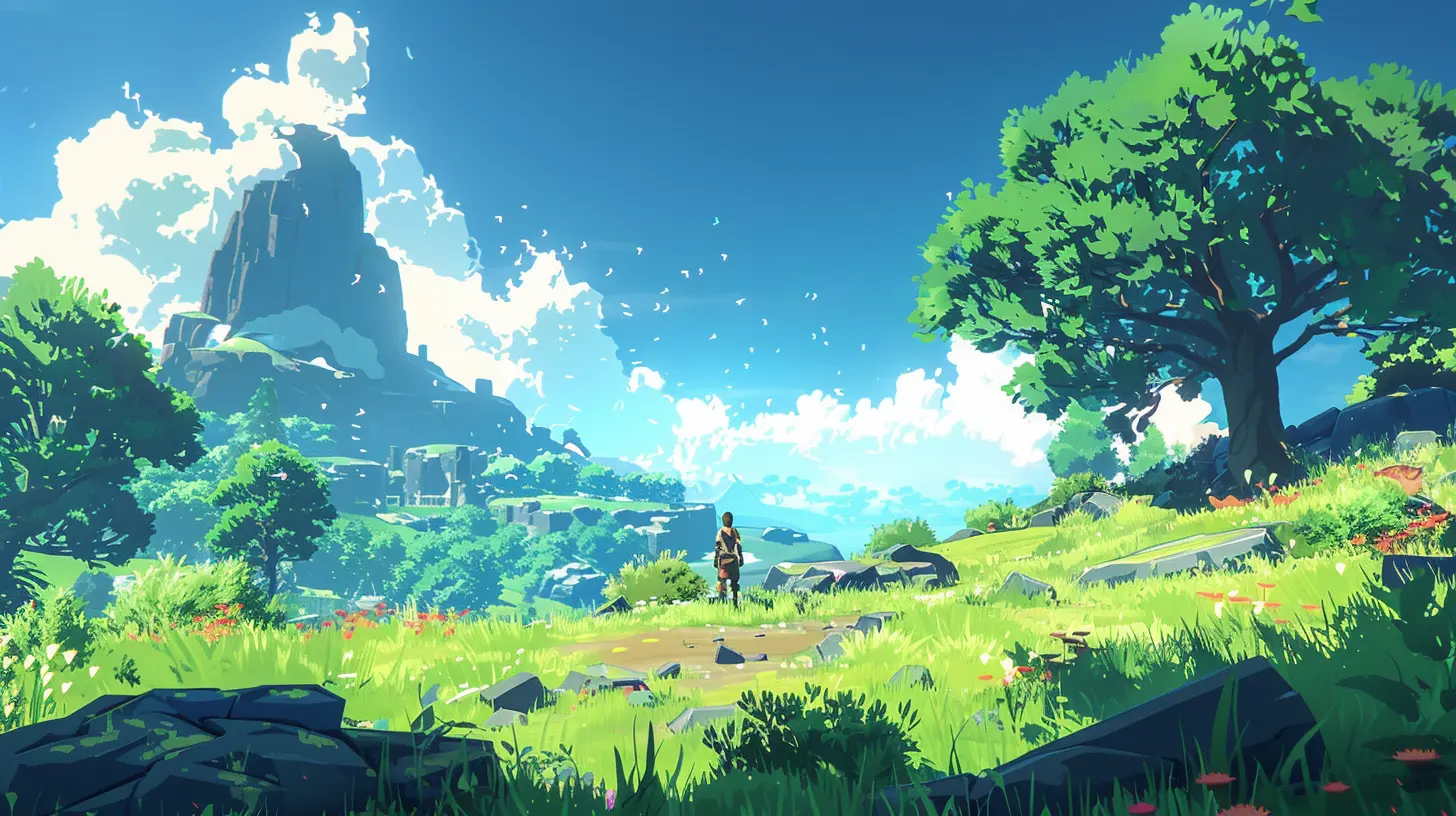Pitfalls to Avoid When Launching a Game on Kickstarter
29 July 2025
So, you’ve got a dream, a killer idea for the next big thing in gaming. You’re ready to take Kickstarter by storm, rake in the cash, and toast to your future success. Sounds like a plan, right? Wrong. Unfortunately, the road to Kickstarter glory is more like running barefoot through a LEGO minefield: painful, treacherous, and if you’re not careful, a surefire way to destroy your confidence.
But don’t worry, I’m here to guide you through the chaos and point out the pitfalls you absolutely must avoid when you’re putting your game on Kickstarter. Ready? Let’s dive in. 
1. Overpromising and Underdelivering
Ah, the sweet siren song of promises. You’ve got this brilliant idea, and you’re convinced it’s going to blow people’s minds. So, out of sheer excitement—or maybe ego—you promise the moon (and maybe Mars too) on your Kickstarter campaign.“Revolutionary gameplay that will redefine the industry!” you proclaim. “A thousand unique levels, all hand-drawn by Tibetan monks!” you declare. But then reality slaps you in the face, and you find yourself struggling to even get a workable demo together.
Let me tell you, nothing kills a project faster than broken promises. Gamers have trust issues (thanks, Cyberpunk 2077). If you overpromise and underdeliver, not only will you tank your campaign, you’ll probably end up as the butt of memes on Reddit. Be honest about what you can do, and then—this is important—actually deliver it. 
2. Ignoring Market Research
You’ve got a great game idea. Cool. But here’s a question: is it actually great... for anyone other than you?Launching a Kickstarter without first doing market research is like showing up to a costume party dressed as a penguin, only to find everyone else in formal attire. It's awkward and embarrassing.
You need to know your audience. What type of games do they love? What are they willing to spend money on? Who are your competitors, and how are they crushing it? If you launch your campaign without understanding these basics, you might as well toss your funding goal into the Mariana Trench because it’s not coming back. 
3. Setting Unrealistic Funding Goals
Oh, so you’re asking for $500,000 to make your first video game? Bold. Unless you’re Hideo Kojima’s long-lost cousin or your uncle owns a AAA studio, this is probably a terrible idea.Setting an outrageously high funding goal is one of the fastest ways to make your campaign fail before it even starts. Backers aren’t going to throw their money into a project that looks impossible to fund. On the flip side, asking for too little is also a rookie mistake because, surprise, game development isn’t free, and ramen noodles only get you so far.
Be realistic. Sit down, draft a budget (yes, a real budget!), and consider all the costs like art, music, development tools, marketing, and, oh yeah, your own time. 
4. Failing to Build a Community Beforehand
You know what’s not going to happen? Launching a Kickstarter and having complete strangers stumble upon it, instantly fall in love, and donate thousands of dollars on day one.Spoiler alert: Kickstarter campaigns don’t magically fund themselves. You need a community hyped and ready to back your dream before you click that “Launch” button. It’s like hosting a party—if you don’t invite anyone beforehand, don’t be shocked when no one shows up.
Spend months (yes, months) beforehand building a presence online. Engage with gamers on social media, post screenshots and teasers, and maybe even start a Discord server. Make people care about your game before you start asking them for their hard-earned cash.
5. Terrible Campaign Page Design
Want to guarantee potential backers click away faster than a speedrunner? Present them with a Kickstarter page designed like a Word doc from 2002. Your campaign page is your game’s first impression, and if it looks like a hot mess, you’re not going to inspire any confidence.Use high-quality visuals, engaging videos, and clear, concise text. And please, for the love of all things pixelated, don’t write a wall of text with no structure. Break it up with headers, bullet points, and images so it’s easy to skim (because, let’s face it, no one reads anymore).
Remember: your campaign needs to scream professionalism. If it doesn’t look good, people will assume your game won’t either.
6. Forgetting the Power of a Solid Prototype
“Oh, I don’t need a prototype,” you say. “I can just describe my game using words and concept art.”Sure, you could do that. You could also try selling ice to a penguin, but we both know how that’s going to go.
People want to see a prototype. They want to know your game isn’t just a half-baked idea scribbled on a napkin. Even if it’s rough around the edges (like an alpha version held together with duct tape), having something playable shows you’re serious. Because if you’re not willing to invest time and effort into a prototype, why should anyone invest money into your campaign?
7. Ignoring the Importance of Rewards
Backers don’t give you money just because they like your face. They want something in return. And no, a vague promise of “eternal gratitude” isn’t going to cut it.Your campaign rewards need to be enticing, appropriate, and—this is key—actually deliverable. Think exclusive in-game items, physical merch for higher tiers, or even the chance to name an NPC (for better or worse).
But don’t get carried away. Offering ridiculous rewards like personalized handwritten letters to every backer sounds cute until you’re stuck writing 1,000 of them. Keep rewards manageable and aligned with your budget.
8. No Clear Development Timeline
“Uh, yeah, the game will probably release… I dunno, sometime next year?”If your timeline is vaguer than a Magic 8 Ball prediction, backers are going to run the other way. People need to know when they’ll get what they paid for, and a clear timeline shows you’ve thought this through.
But a word of caution: don’t be overly optimistic. Game development is notorious for delays, so factor in some wiggle room. It’s better to say the game will release in 18 months and deliver early than to promise it in 6 months and deliver… never.
9. Underestimating the Power of Marketing
Here’s a fun fact: a great game will go unnoticed if no one knows it exists. A solid marketing plan isn’t optional—it’s as essential as your codebase. Unfortunately, far too many indie developers treat marketing like that mysterious gym membership they never use.Utilize social media, gaming forums, and even paid ads if your budget allows. Team up with influencers or streamers to get your game in front of more eyes. And do yourself a favor—invest in a killer trailer. Nothing sells a game quite like a flashy, well-edited video that makes people say, “Shut up and take my money!”
10. Ignoring Feedback
You know what happens to developers who ignore feedback? Their games suck, and their Kickstarter campaigns faceplant.Feedback isn’t an attack on your creative genius; it’s a tool to make your game better. Whether it’s suggestions from your community, playtesters, or even your mom, take it seriously. If multiple people are pointing out the same issues, it’s probably not just them—it’s you.
11. Launching Prematurely
Look, I get it. You’re excited, and you want to launch NOW. But launching your Kickstarter prematurely is like trying to bake brownies and taking them out of the oven after 5 minutes. No one’s going to like what you’re serving.Make sure you’re truly ready before launching—this means having your prototype, marketing plan, community, and campaign page polished to perfection. Otherwise, you’re just setting yourself up for disappointment.
Final Thoughts
Launching a game on Kickstarter is no walk in the park. It’s more like walking a tightrope while juggling flaming swords. But if you avoid these pitfalls, you’ll be miles ahead of the countless campaigns that crash and burn every year.Remember: Kickstarter isn’t just a platform—it’s a spotlight. Handle it well, and you’ll shine; mishandle it, and you’ll burn. Choose wisely, my friend.
all images in this post were generated using AI tools
Category:
Kickstarter GamesAuthor:

Emery Larsen
Discussion
rate this article
2 comments
Gavin McIntosh
Don't stress! Learn and launch with confidence!
November 27, 2025 at 3:51 PM

Emery Larsen
Thank you! Confidence comes from preparation, and I hope these tips help others avoid common pitfalls.
Fable McNeal
Great insights! Avoiding common pitfalls like underestimating costs, failing to engage with your community, and neglecting marketing can make or break your Kickstarter campaign. Remember, transparency and communication are key to building trust and attracting backers. Best of luck to all developers!
August 5, 2025 at 3:03 AM

Emery Larsen
Thank you! You're absolutely right—transparency and community engagement are vital for success on Kickstarter. Great insights!

